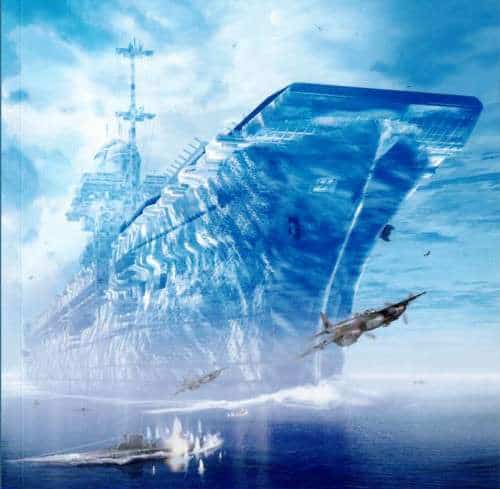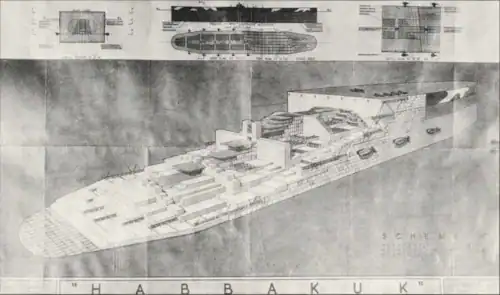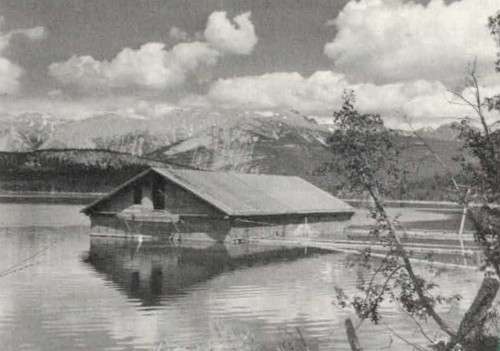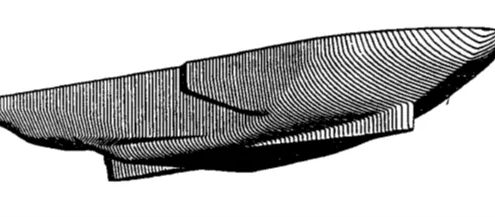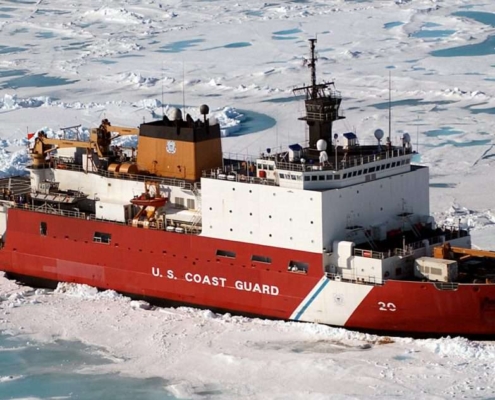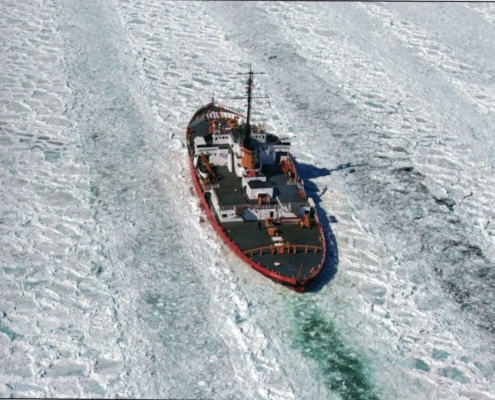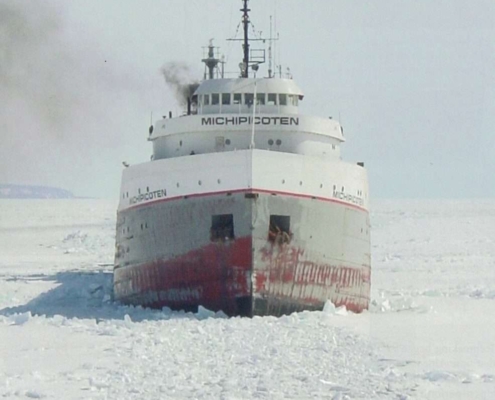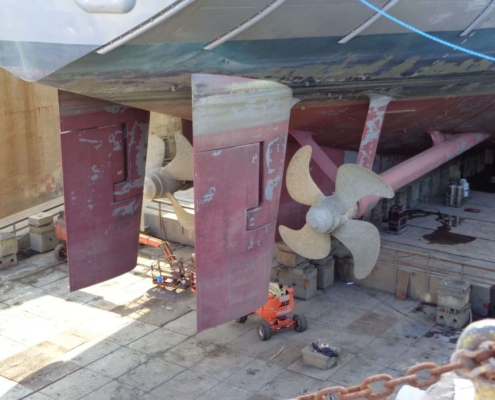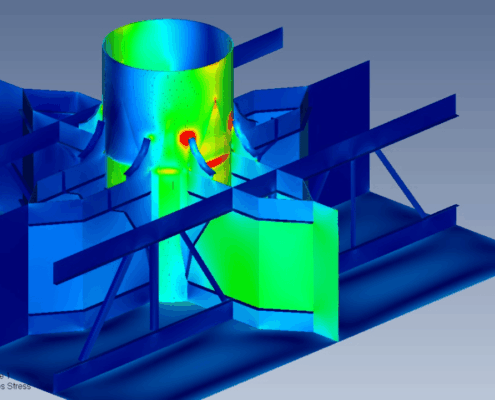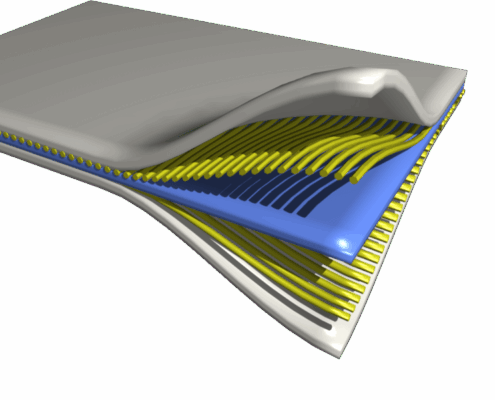The science was sound. We had a few challenges, but these were surmountable. What went wrong? First, the scale of the project became too large. They didn’t want a normal ship made from ice. They wanted a super carrier, with a 9 m (30 ft) thick hull completely impervious to torpedoes! [1] The ship had a length of 610 m (2000 ft), 26x bigger than the largest passenger ship at the time. It required 20 motors just to keep the ice cold, and another 30,000 horsepower to limp along at a measly speed of 7 knots. Building an untested ship at this scale, in war time, when supplies were limited. Blatantly ridiculous!
But that speaks to the design, not to the failing of Pykrete. For that, we look to the human factor. Frail, temperamental humans. The Pykrete worked fine, provided we cooled the ship to -15°C. But humans don’t like the cold. How do you keep the humans warm and the ship cold? Insulation can only do so much. This showed the first failing as a material. Your materials need to work within the limits of human tolerance. Or you need to remove the humans. That wasn’t an option at the time.
The final failing of Pykrete came from the environment. They constructed a scale model of Habbakuk in Lake Patricia. (Figure 5‑1) This is how Jasper, Canada ties into the story. Nicknamed the “boathouse”, this test model did not use Pykrete, only normal ice. They studied building techniques for working with ice. But the boathouse still included a refrigeration plant, reinforcing beams, and all the major elements that would go into the full scale ship. It was a functional test. Can you build a watertight hull with frozen water?
It leaked! Even with the refrigeration, small sections of the ice hull melted. And you only need a small hole for water to flood the ship. Even Pykrete needed strong refrigeration. This showed that, for a ship, refrigeration needed to go beyond general cooling. We required a reliable freezing temperature, held constant throughout every point of the ship. Any hot spot. Any deviation resulted in leaks.
We set our best refrigeration technology against nature. And nature proved the more tenacious. This gave the second lesson from Pykrete. When designing a building material, it needs to naturally stay in a stable state for the expected temperature range. We can’t depend on active refrigeration, because nature always wins.
